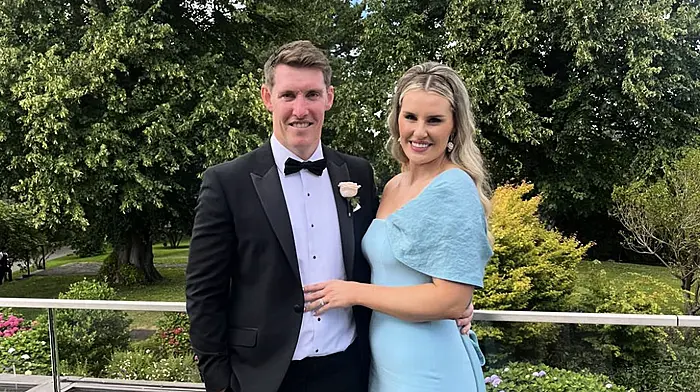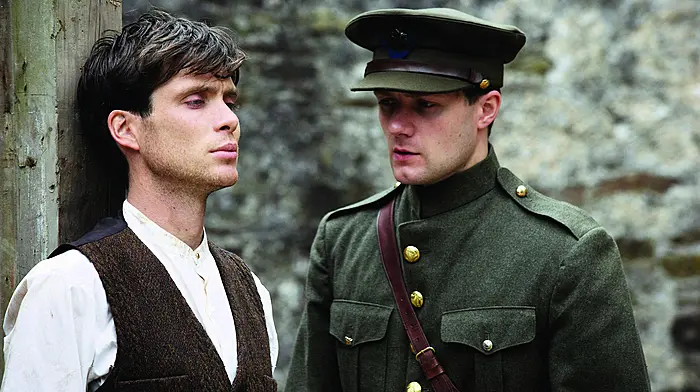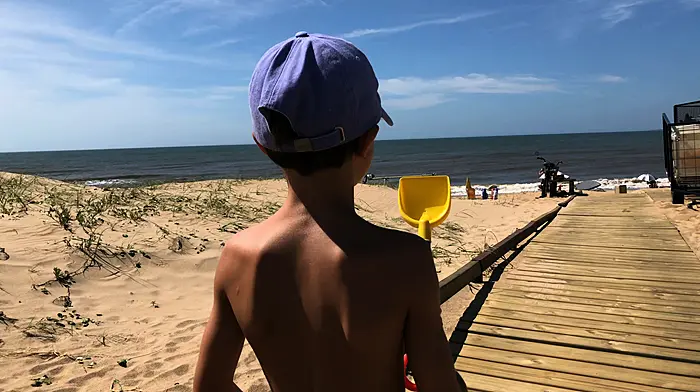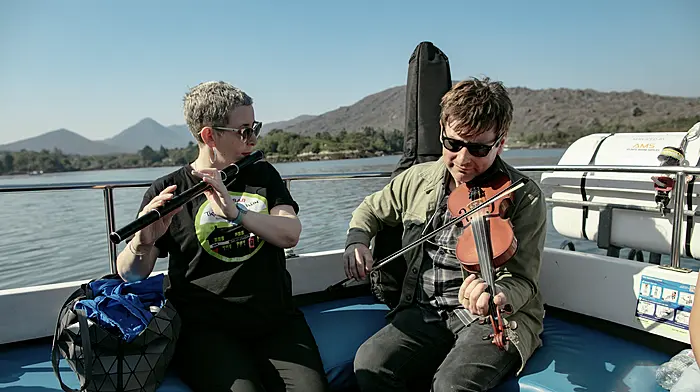AT all of the major markers in West Cork’s evolution as an artistic community and good food haven there was Birgitta Säflund.
Birgitta, who died in 2024, certainly cut a dash when she and her husband Lars arrived in West Cork in the early 1970s.
Even before that, as a teenager, the girl from Uppsala, north of Stockholm stood out.
Once, in 1948, she caught the eye of the Swedish sculptor Puck Stocklassa who turned her into an enduring work of art.
No one is saying that Birgitta was the founder of this or that, nor is anyone saying she was the most innovative watercolour artist of all time, but she did embody all that was new and exciting in West Cork, and was present for all of its chapter changes.
Birgitta studied at a well-known art and advertising school, and also trained as a draftsperson and designer.
And while she had a day job working for the Swedish government, she always worked privately as a painter.
Birgitta was mother to Joakim and Paola, and the loyal wife of Lars, who was a military man like her father.
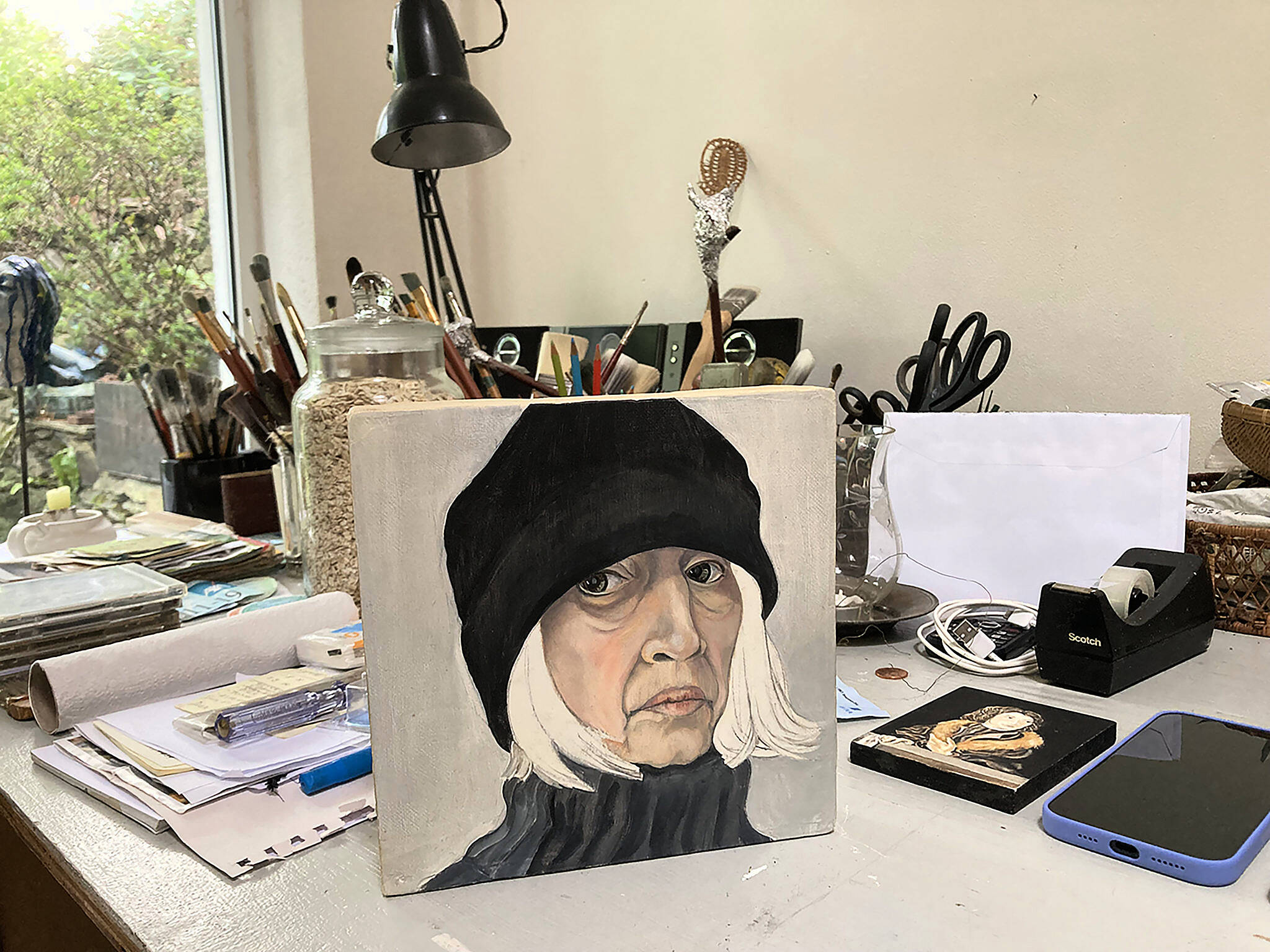 Self-portrait: Birgitta, straight as a dye, still keeping watch over her studio in Ballydehob.
Self-portrait: Birgitta, straight as a dye, still keeping watch over her studio in Ballydehob.
Lars, who held the rank of major, was a reserve officer in the Swedish army, and served in the Congo in the late 1950s and early 1960s, during the Suez crisis in 1967 when they lived in Gaza, and then in Jerusalem and other places including Damascus and Syria.
In one way coming to West Cork in the early 1970s was a break away from all of that. Her son, Joakim, explained that their UN duties in the Middle East revealed to them previously untapped cooking and hosting skills.
Although they lived for a short time in Carrigaline, the couple soon relocated with their young family to Kinsale where they opened Bacchus, a restaurant that was wildly popular with the fashionable set.
As a couple, they were among the group of local restaurateurs that laid the groundwork for the formation of Kinsale’s Good Food Circle.
The circle was formally established in 1976 and it elevated Kinsale’s reputation as a gourmet destination.
It wasn’t a gimmick. By collaborating to leverage their collective talents the restaurateurs improved standards and justifiably promoted Kinsale as the gourmet capital of Ireland.
Restless, perhaps, the couple subsequently moved west to Schull and purchased a doer-upper in Lowertown, a property they called Arú Amárach, meaning the day after tomorrow, believing it might take that long to finish it.
Once again, the couple made their culinary mark having leased O’Keeffe’s Courtyard in the late 1970s. As a deli and wine bar it was the last word, and was popular because it offered something new, something of quality.
It was here that deep and enduring friendships with people such as Finola and the late Denis Quinlan, and the growing number of artists who had ‘set up shop’ in Schull and Ballydehob.
 Inspired by nature in all its forms. One of Birgitta Saflund's artworks which will go on display as part of a retrospective exhibition at the Blue Gallery in Schull shortly.
Inspired by nature in all its forms. One of Birgitta Saflund's artworks which will go on display as part of a retrospective exhibition at the Blue Gallery in Schull shortly.
Subsequently, The Courtyard that was owned and operated by the Quinlans, was a space, similar to the amazing Adele’s, that will live on in people’s memories.
The word influencer was not part of the vernacular back then but Birgitta and Lars certainly played their part.
Lars’ return to military duties in the Middle East saw Birgitta by his side, but when the marriage ended in the early 1990s the house in Lowertown was sold and Birgitta created something new, a beautiful bolthole overlooking Crewe Bay.
Joakim believes that deep in her heart his mother remained loyal to Lars, and stayed with him throughout her life, because he was the love of her life.
It was in 1994 that Birgitta made her final move. This time it was to a quiet side street in Ballydehob, which significantly enough placed Birgitta next to her namesake St Brigid’s Church.
In the 30 years of living that followed in the house with the traditional exterior but Scandi interior, Birgitta could dedicate herself to painting, watercolours mostly.
 A stone sculpture by Joakim Saflund, Birgitta's son, will mark her final resting place in the graveyard in Schull.
A stone sculpture by Joakim Saflund, Birgitta's son, will mark her final resting place in the graveyard in Schull.
Her subject matter was often animals, birds, trees and botanical studies of everything, but she also did portraits.
A full spectrum of her work will be represented in her retrospective exhibition, which opens at the Blue House Gallery in Schull on August 22nd and runs until September 10th.
‘Here,’ Joakim said, in the place where his mother once sat, ‘she could commit herself even more to making her art. She was her own woman here.’
Commenting on the self-portrait, dated 2009, Joakim said: ‘Outwardly, it looks intimidating but to those that knew her this shell harboured a vivacious intelligence, combative resilience and a raucous sense of humour and fun.’
Meanwhile, one year to the day she died at the age of 87 on August 18th, family and friends will gather to remember Birgitta and scatter her ashes at the base of a memorial stone created by Joakim, who today is an artist like his mother.


